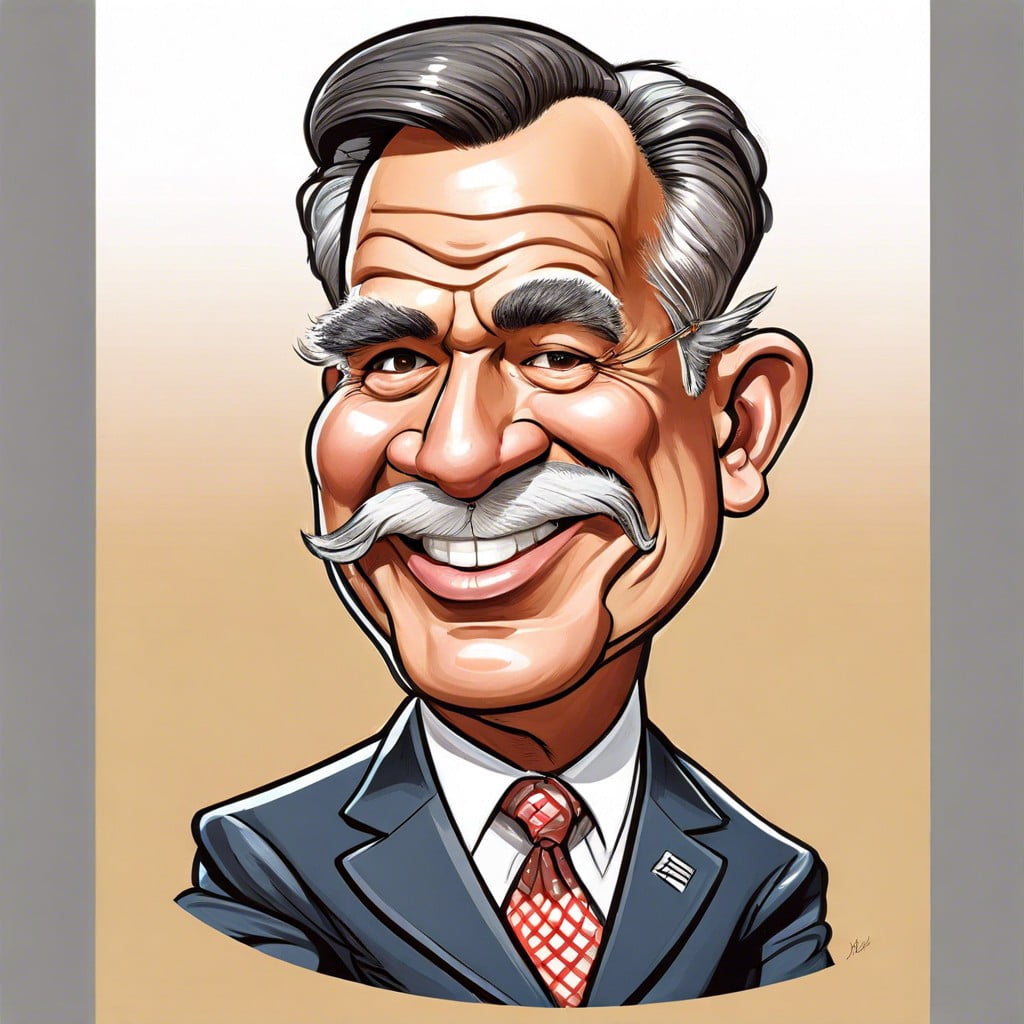Curious about how tariffs impact your favorite imported goods or the global economy?
Key takeaways:
- Tariffs are taxes on imported goods.
- Tariffs can protect local industries and generate revenue.
- Businesses and consumers in the importing country usually pay tariffs.
- Tariffs can lead to higher prices and trade wars.
- Tariffs can shift production and are used as a bargaining chip.
What Is a Tariff?

Think of tariffs as taxes. But instead of being applied to your income, they’re applied to goods that are imported into a country from abroad. Simple, right?
Imagine you want to buy the coolest new gadget from another country. When that exciting package crosses your border, a tariff might be added to the price before you can enjoy your new tech toy. This can make the imported toy pricier compared to local versions.
- Governments use tariffs for a few reasons:
- – To protect local industries from foreign competition.
- – To generate revenue.
- – Sometimes just for a bit of economic muscle flexing in trade negotiations!
So next time you cringe at the price tag of that imported fancy chocolate, you might be feeling the effects of a tariff. Who knew taxes could be so salty and sweet?
What Are the Aims of Tariffs?
Protect domestic industries: Imagine you have a lemonade stand, and suddenly, your neighbor starts selling fancy imported lemonade for cheaper. Tariffs can raise the price of that imported lemonade, giving your stand a fighting chance.
Generate revenue: Governments like money. Tariffs are one way to get more of it. When imported goods are taxed, it’s like a nice little cash bonus for Uncle Sam.
Retaliate against trade practices: If another country is playing dirty in trade, tariffs can be a way to say “Hey, that’s not cool!” It’s like the geopolitical equivalent of a time-out.
Control supply and demand: By making foreign goods pricier, tariffs can steer consumers towards local products. It’s a bit like nudging someone gently towards the salad bar instead of the dessert table.
Who Pays?
You may think it’s the exporting country paying tariffs, but surprise! It’s usually the businesses and, ultimately, consumers in the importing country who feel the pinch. Here’s how it typically shakes out:
Imagine you’re importing fancy chocolate from abroad. When a tariff is imposed, the government slaps an extra fee on those delicious goodies. The chocolate importers can’t magically absorb this cost, so they pass it down the line.
Next stop, retailers! These shop owners also don’t fancy lighter wallets. They tack on that extra amount to the price tag before it even reaches the display shelf.
And guess who you see in the mirror, paying for it all when you buy your bittersweet treat. Yep, it’s you! Consumers are often the ones footing the bill for tariffs in the end. Economics – making chocolate more expensive since forever!
What Is the Impact On Tariff-wielding Countries?
Imposing tariffs can have a ripple effect on an economy. For starters, tariffs often lead to higher prices for consumers. When foreign goods become more expensive due to tariffs, local retailers may hike up their prices. Suddenly, that sleek, imported gadget costs an arm and a leg.
On the flip side, domestic industries might get a big hug from Uncle Sam. Tariffs can protect local businesses from being out-competed by cheaper foreign imports. This can mean more jobs and healthier local economies. High-fives all around, right?
But it’s not all sunshine and rainbows. Other countries might retaliate with tariffs of their own. This tit-for-tat can escalate into a full-blown trade war. Picture a schoolyard fight where everyone’s lunch money ends up in the principal’s office.
Finally, tariffs can distort the market. Businesses might shift their focus to less efficient practices or resources. Instead of buying efficiently from the cheapest source, they could end up paying more for local goods. Sometimes, it’s like making a complicated coffee order; it might taste good, but it’s costing a lot more than expected.
Real-World Example of Tariffs
Let’s talk about the US-China trade war. Probably one of the most dramatic examples. Picture an old Western showdown, but with tariffs instead of tumbleweeds.
The US slaps tariffs on Chinese goods to protect local industries. Think steel and aluminum. Suddenly, those cheap items from China are more expensive. Local businesses rejoice because they can now compete on price.
China retaliates. They impose tariffs on US imports such as soybeans and cars. Tit for tat. US farmers? Not so happy anymore. Their soybeans now gather dust instead of reaching Chinese plates.
Consumers in both countries feel the pinch. Prices of everyday items like electronics and groceries go up. It’s like that time you added a bunch of expensive toppings to your pizza and regretted it at checkout.
Some companies shift production to avoid tariffs, moving factories to countries like Vietnam or Mexico. Smart move or sneaky trick? You decide.
Governments use tariffs as a bargaining chip, aimed at getting better trade deals. Meanwhile, economists debate their effectiveness like film buffs debating the best Star Wars movie. (It’s Empire Strikes Back, by the way.)